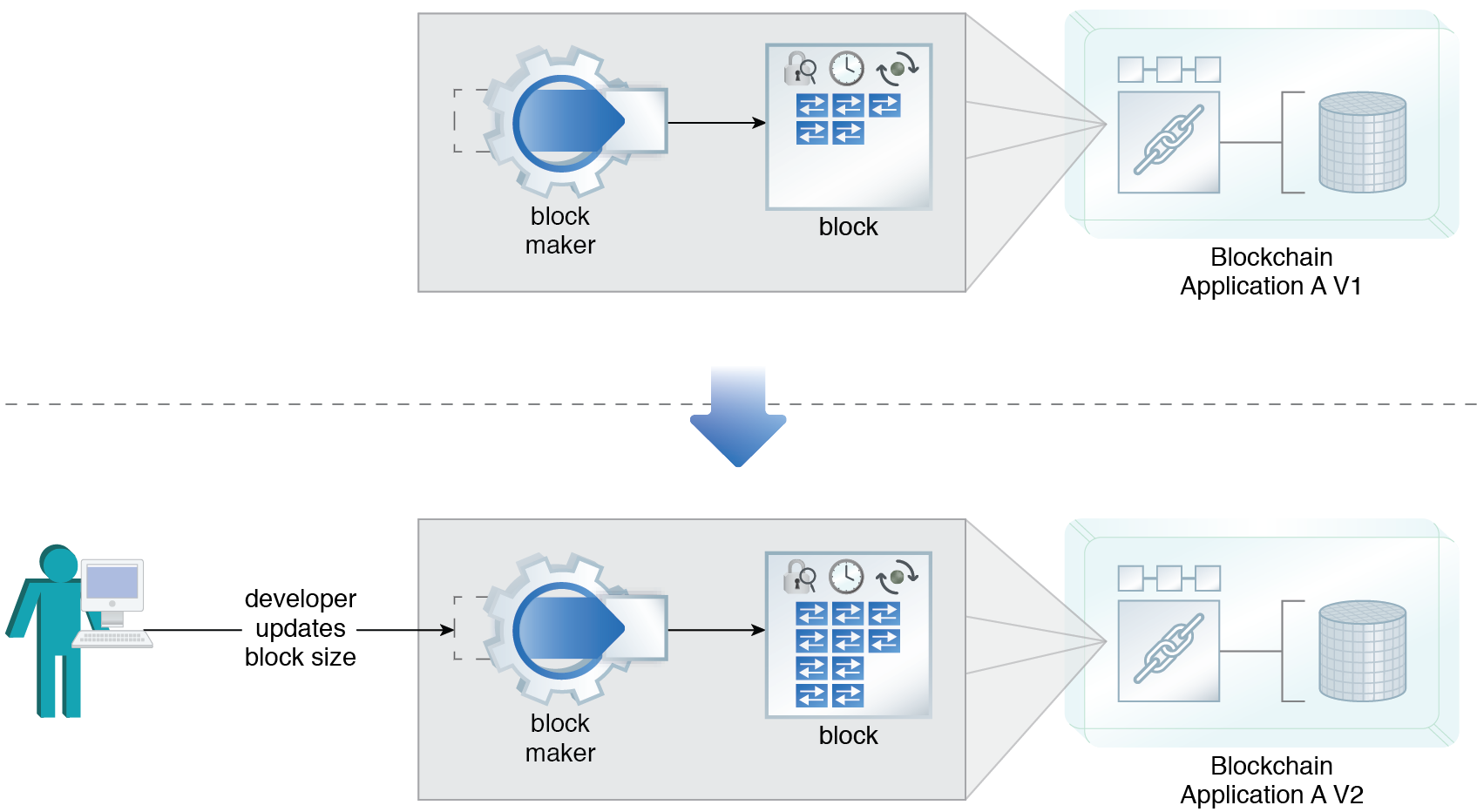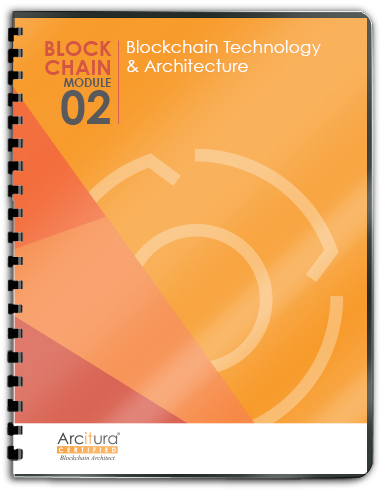Blockchain Patterns, Mechanisms, Models, Metrics > Scalability and Reliability Patterns > Block Size Update
Block Size Update
How can a blockchain accommodate changing storage requirements?
Problem
The size of a block can become a constraint, limiting the scalability of the chain by restricting the number of records that can be concurrently verified and validated.
Solution
The record capacity of blocks can be updated to allow blocks to be sized in accordance with application performance requirements.
Application
The block maker mechanism is used to modify the block size and to introduce the new block size to the blockchain network. This can result in a hard fork and the creation of a new blockchain.
Mechanisms
Block Maker, Hashing Engine

The primary mechanism involved in the application of this pattern is the block maker. This mechanism is configured when the application is first developed and will need to be further reconfigured if a block size change is necessary. A change to the capacity of a block is considered a hard fork because the new blocks will no longer be compatible with previously created blocks. As a result, the release of a new version of the blockchain application is required.
This pattern is covered in Blockchain Module 2: Blockchain Technology & Architecture.
For more information regarding the Blockchain Architect curriculum, visit www.arcitura.com/blockchain.
